Table of Contents
*This post may contain affiliate links. As an Amazon Associate we earn from qualifying purchases.
The duiker is a type of antelope found throughout Sub-Saharan Africa. There are two main types of duikers which live in either the rainforest or the savanna and surrounding areas. The duiker is a fascinating animal with over 21 species, some of which are endangered. Continue reading to learn what you can do to help.
While you may have heard of an antelope before, you’ve probably never heard of a duiker. In fact, what Americans often refer to as an antelope is actually a mammal called the pronghorn – the only surviving species of the Antilocapridae family.
Duikers are a type of small antelope that live in Sub-Saharan Africa. Unfortunately, due to the loss of their habitat and being hunted by humans, some species of duikers are critically endangered. For there to be any chance of survival for this species, people need to be educated on what environment and provisions duikers need to survive. Additionally, humans need to understand what they can do to reverse the damage they have caused.
What Is The Duiker?
The duiker is a very small antelope that ranges anywhere from 11 to 140 pounds depending on the type. There are a total of 21 species with the most well-known being the common bush duikers. Duikers are very cautious and easily startled. In fact, these jumpy antelopes got their name from the Dutch word meaning to dive or duck. If startled, a duiker will often start sprinting and diving in a zigzag motion.
There are two main categories of duikers: the bush duiker and the forest duiker.
MAIN CATEGORIES OF DUIKER
BUSH DUIKER
Although there are 20 different species of forest duikers, there is only one type of bush duiker.
Habitat
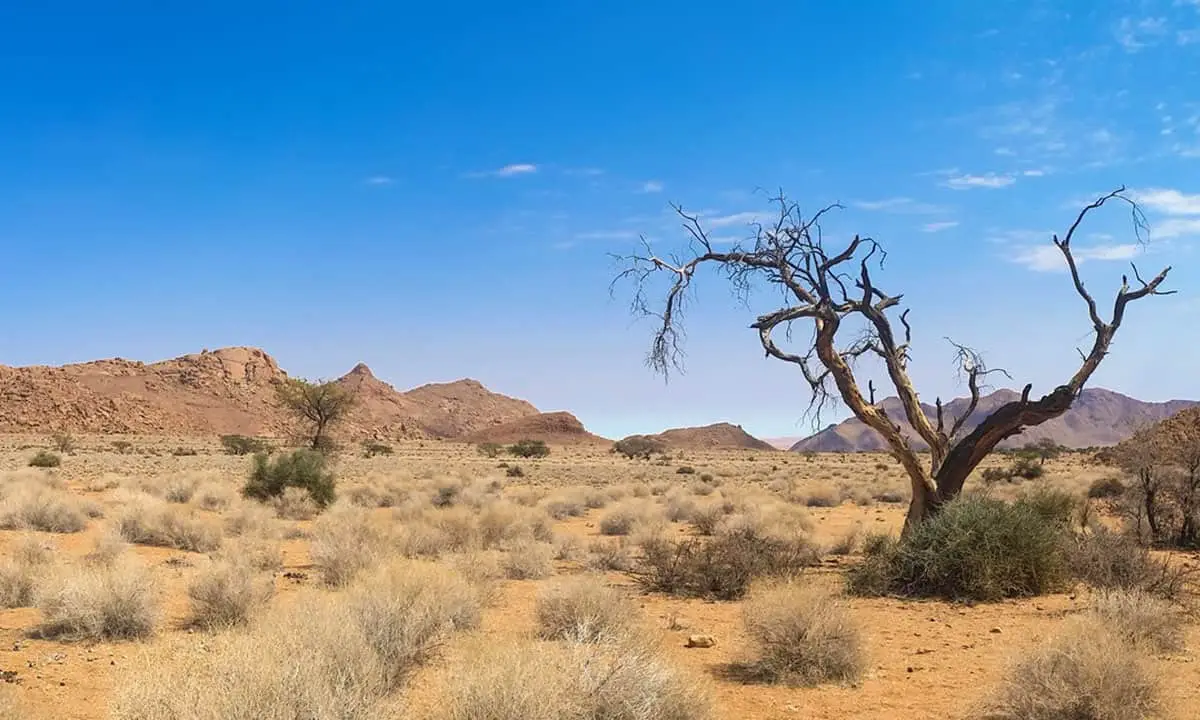
The common duiker, or Grimm’s duiker, choose to live in the savannas and many of the different habitats found throughout Southern Africa. These antelope avoid the rainforests and hot deserts and will often seek shelter by staying away from open grasslands. In fact, they often only enter the forest if they are escaping from a predator.
Appearance
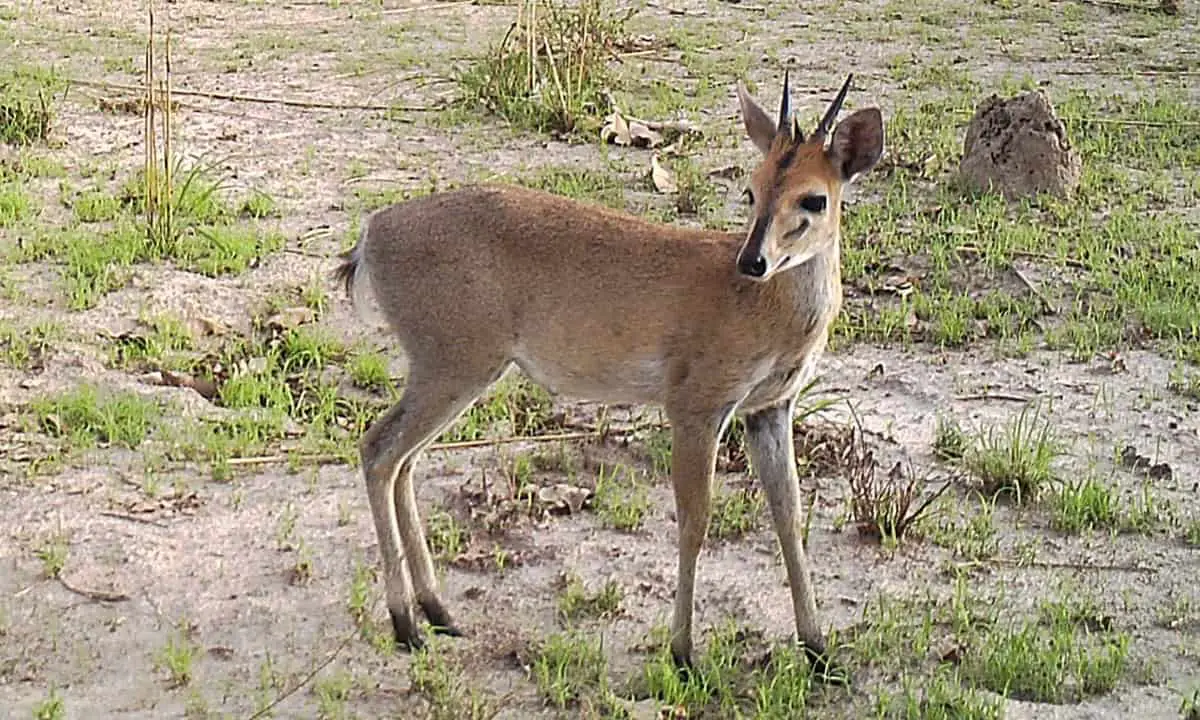
www.inaturalist.org/
Bush duikers are typically a light gray or reddish-yellow color, and they are more slender than forest duikers. They also have larger ears and longer legs that allow them to run faster and longer than other types of duiker. Male bush duikers have two small horns on the top of their heads, while the females have none.
Female common duikers are slightly larger than the males, averaging about 1.7 feet up to their shoulders and weighing up to 46 pounds. They are about half the size of the pronghorn. Most have a white underbelly and a black line on their snout.
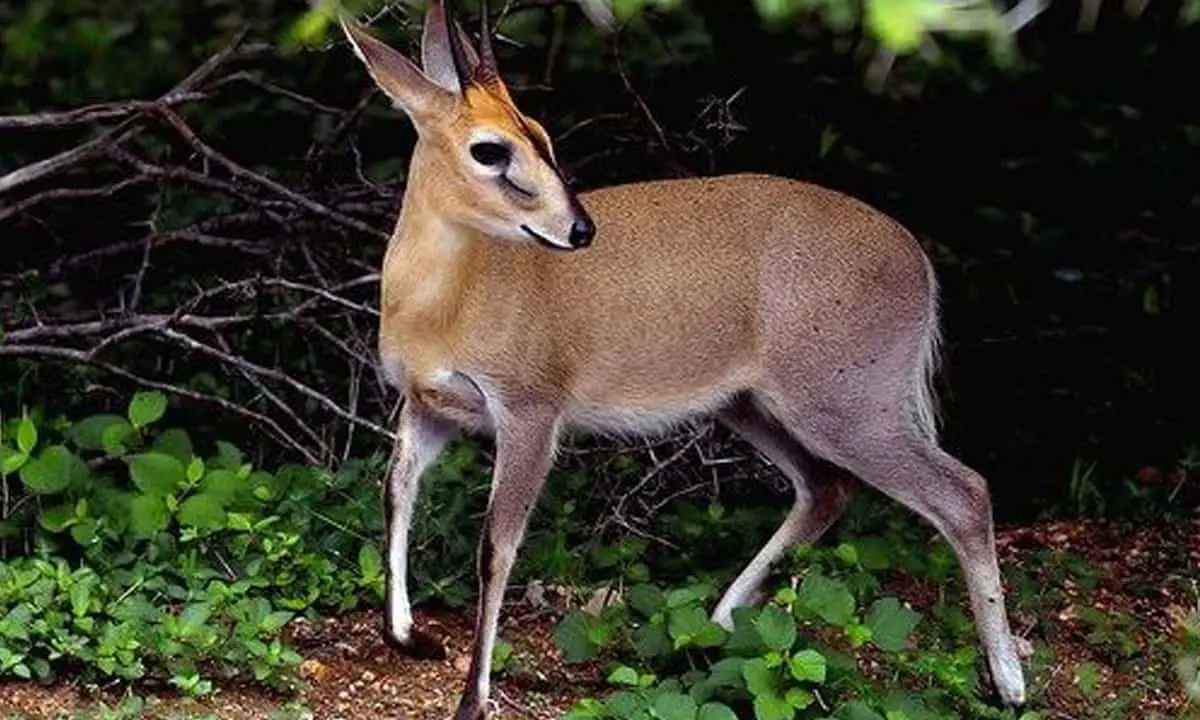
Image source: www.pinterest.ph
Diet
Bush duikers are omnivores that mainly feed on fruits, leaves, mushrooms, and other plants. Duiker are the only type of antelope that also eat insects and carrion. They are even known to eat eggs and baby birds from their nests, and often eat when they are active at night or early in the morning.
Breeding
Both male and female common duikers are extremely territorial, especially males, and will fight off any antelopes of the same sex from their territory. Even duikers of the opposite sex who live in the same territory remain solitary and only come together to mate. Mating rituals include a long period of loud chasing before mating. Some bush duikers are monogamous, but sometimes males will have more than one female partner.
Females have a gestation period of around six months and give birth to one calf a year. These calves are already very well developed when born and can run within 24 hours. However, they tend to stay out of harm’s way and will bleat loudly if in danger. These calves reach full adulthood at around seven months and have a lifespan of eight to 11 years.
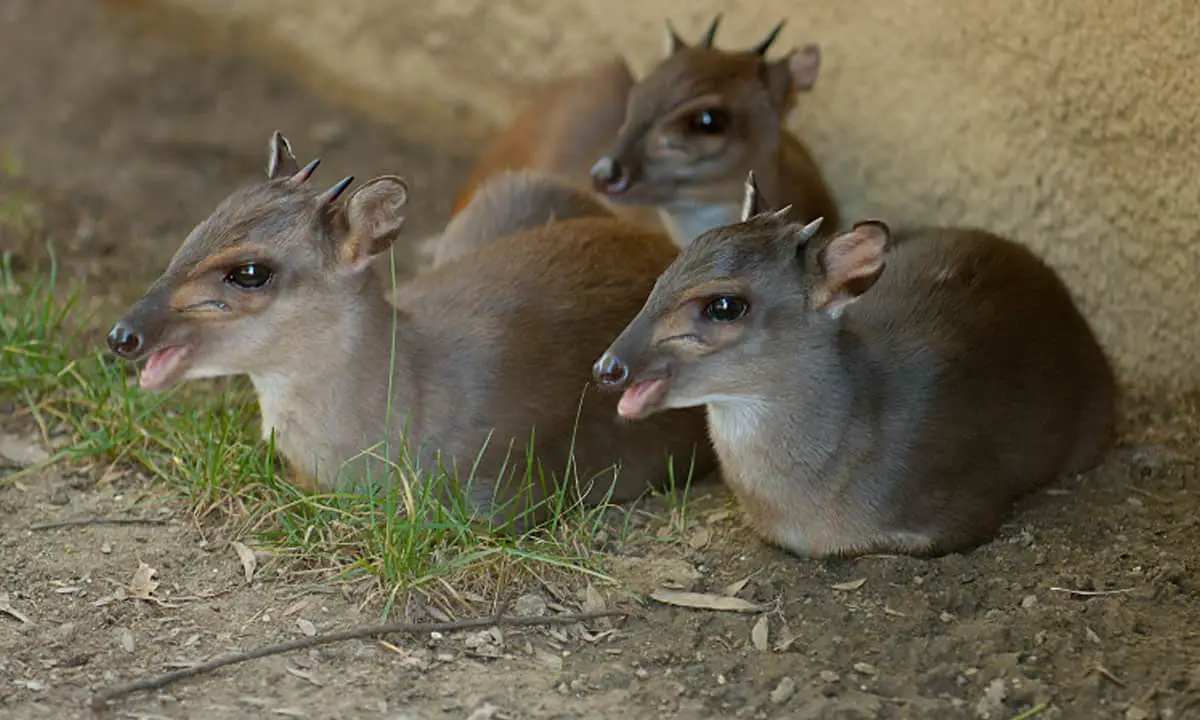
Image sourceguyscharf.com
FOREST DUIKER
There are many species of forest duikers that occupy Sub-Saharan Africa. The most notable are the red duiker, zebra duiker, blue duiker, and yellow-backed duiker.
Habitat
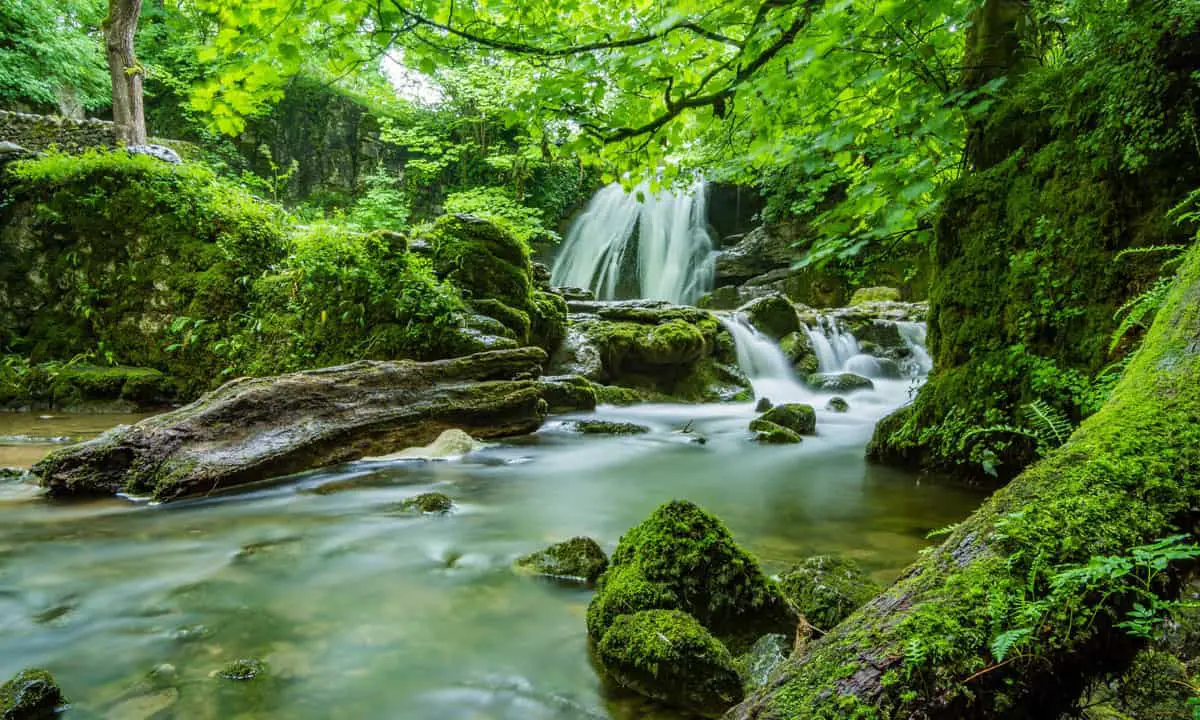
Forest duikers live in the rainforests of Africa. While some species live their whole life in the dense forests, others will venture to less dense parts such as the edges or clearings. Different species of forest duikers are found in different parts of Africa.
Appearance
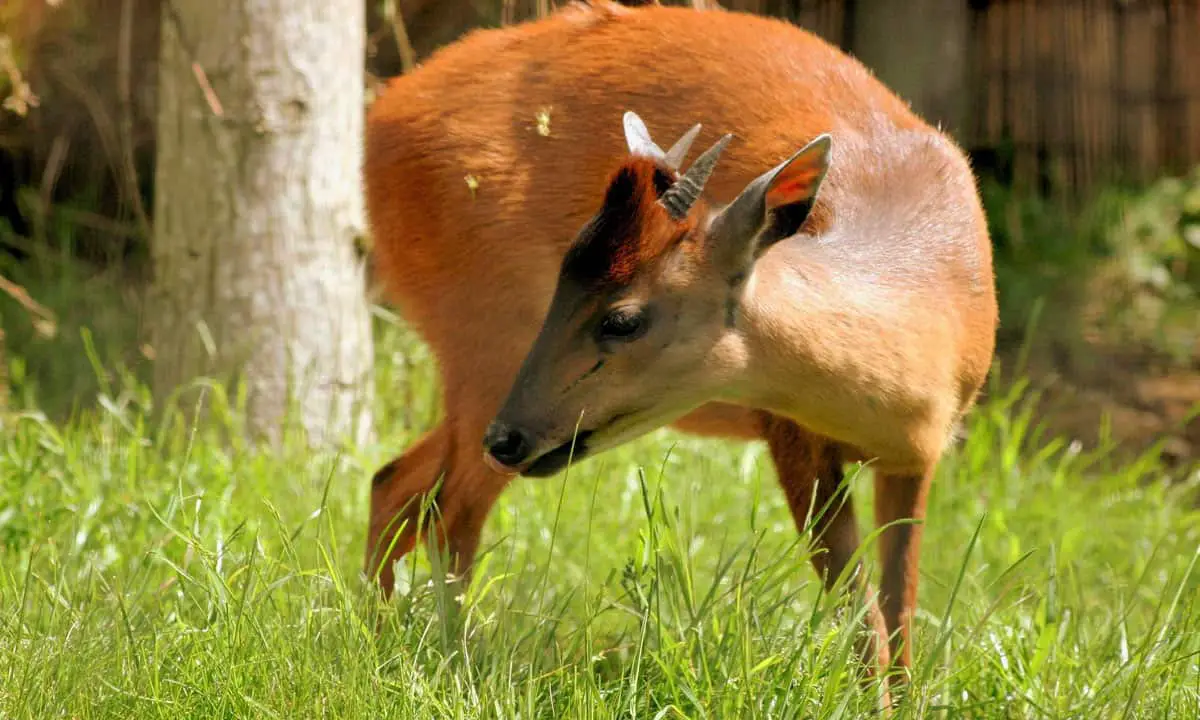
www.zoochat.com/
The appearance and size of forest duikers vary greatly since there are so many different species. The smallest is the blue duiker with an average weight of 11 pounds and a shoulder height of 13 to 16 inches. While these are quite tiny, the yellow duiker, the largest of the species, is quite big. These duikers have an average weight of 140 pounds and a shoulder height of 2.6 feet. The rest of the forest duikers lie somewhere in between this very large range in size.
Beyond size differences, these antelope all vary in general appearance too. Both male and female duikers have horns that vary in length. Forest duikers are often darker than bush duikers and have different markings. As you would expect from their names, the red and blue duikers have fur that have a red or blue tint. Yellow-backed duikers are black in appearance with a large tuft of yellow fur on their rump. The zebra duiker get their name from the bold, black stripes on their back.
Diet
Like bush duikers, forest duikers feed on a variety of food. For some, their main source of food is leftover fruit that is dropped from monkeys, birds, and other animals that eat fruit from trees. While all these antelopes are omnivores, some species, like the yellow-back duikers, eat a lot of insects, snakes, eggs, and carrion.
Breeding
Breeding habits vary from species to species. While a few have breeding habits more similar to the solitary bush duikers, many forest duikers travel in pairs. It’s not uncommon to see them in a small group with a male, female, and an offspring traveling together. The only time that duikers from the same territory may meet peacefully with others is at a territorial boundary where they can enjoy water, fruit, or salt licks.
Like bush duikers, forest duikers are very territorial. Males will often fight each other if they cross into another’s territory. The animals mark their territory by rubbing a substance that is secreted from glands beneath their eyes onto the nearby foliage. Some species even rub this substance on their calves or mates.
The gestation period of forest duikers depends on its species. Those with shorter gestation will sometimes give birth to two calves a year. Males who travel with their mate and offspring do not raise their young but will rush to protect them if the calf signals it is in danger. Some calves will remain with their mother for up to eight months, while others will be fully independent at three months.
Threats to the Duiker
There are many threats to both bush and forest duikers that are causing their numbers to decrease. While some species such as the common duiker are not a concern as far as extinction goes, there are some, like the Aders’s duiker, that are critically endangered.
Predators
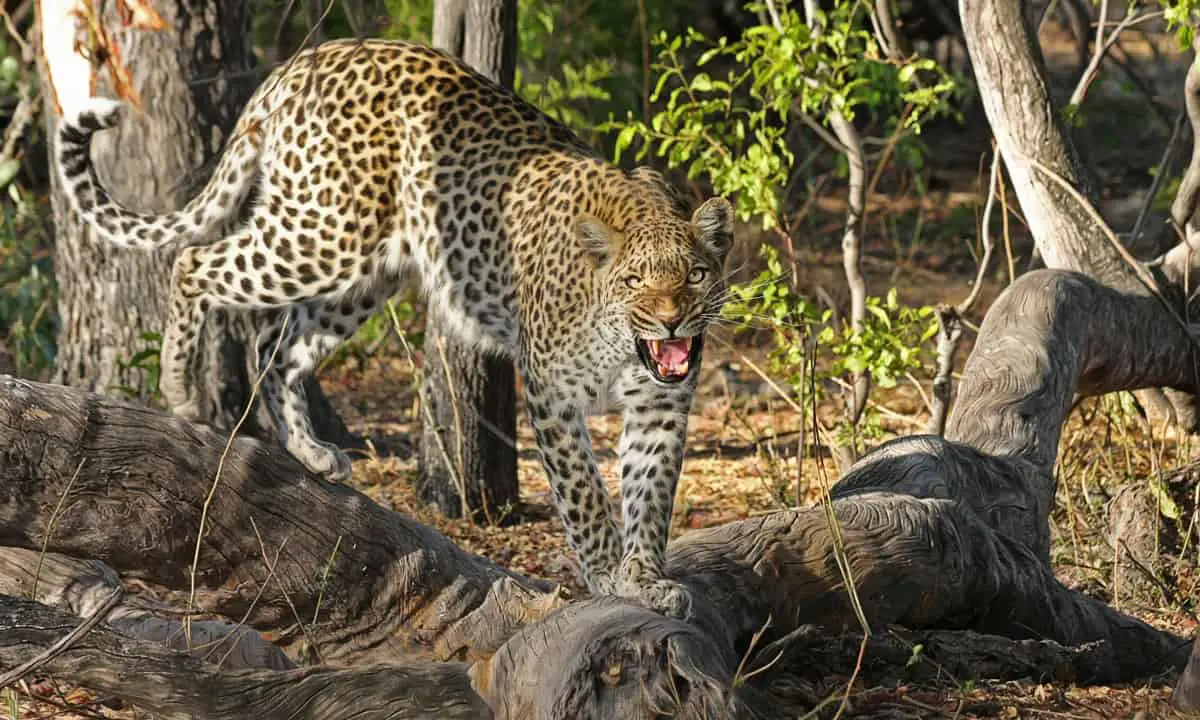
The duiker is preyed upon by a large variety of predators. Basically, any medium or large sized hunter is a threat to the antelope. Their main animal predators include eagles, leopards, jackals, and pythons. Both bush and forest duikers are also a common source of meat for humans and are hunted frequently.
Humans

One of the bush duiker’s main threats is humans. Humans often occupy land that these animals also inhabit which creates conflict. The small antelopes will often create an issue for farmers when they roam onto crops and orchards for feeding. Also, when humans occupy the land duikers live on they completely change the landscape by building roads and other infrastructure that are not viable for grazing. Additionally, these animals are consistently hunted at high rates by humans for their meat, skin, and even horns which are used in trade. As a result, their numbers continue to decrease with some species experiencing a dramatic decline in population.
Conservation Efforts For The Duiker
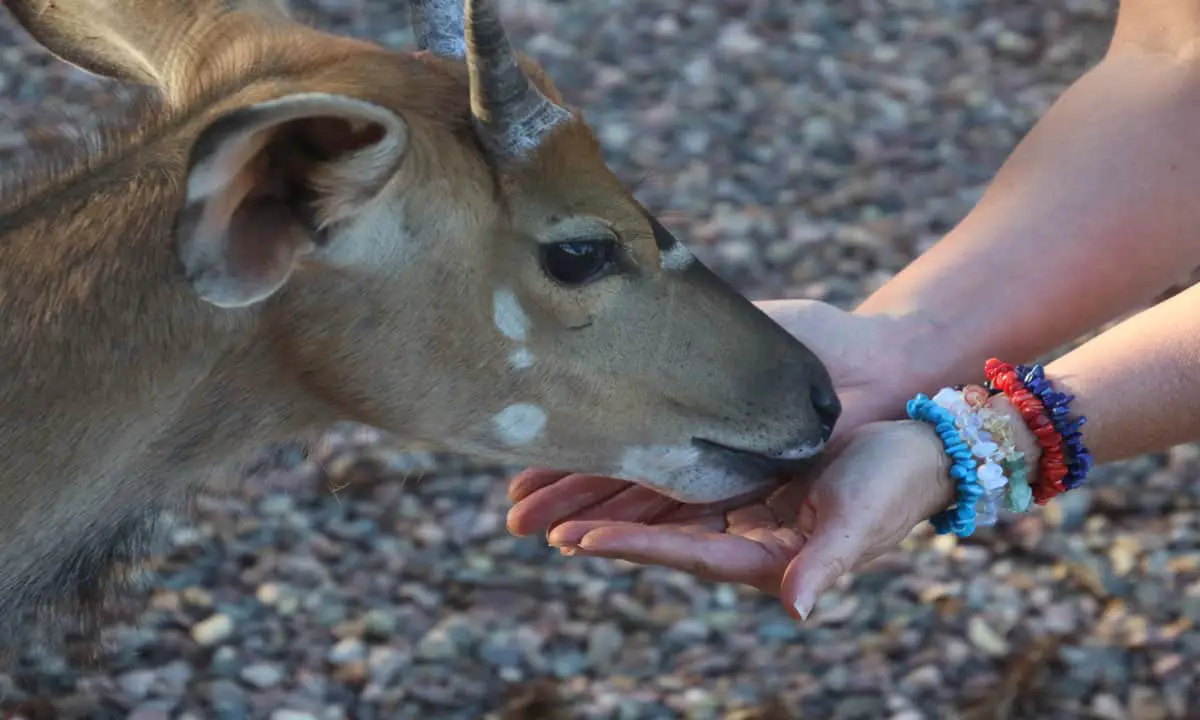
Although there are many species of duiker that are not yet a concern, all species of this type of antelope are decreasing in number. If this trend continues, many will go extinct. In order to give the duiker a chance of survival, there are several methods used by conservationists.
One of the most effective methods for helping duikers survive is to educate communities on the benefits of ecotourism. Conservation groups like the African Wildlife Foundation will aid African communities in building conservancies and lodges that create a safe home for the duikers and other animals that live in the same environments. Many communities may be unaware of how profitable ecotourism can be, so it is important to educate them on the value of animals like the duiker and how they contribute to their ecosystems.
Also, conservationists will try to work with communities to set aside land that is to remain untouched by human infrastructure. These lands will allow animals the safety and space to move between conservation parks, to follow rain, or travel back to their calving grounds.
Finally, education is one of the best methods of conservation. Since duikers can be a nuisance for farmers, working to educate farmers on the habits of these animals can allow duikers and humans to live side-by-side peacefully.

